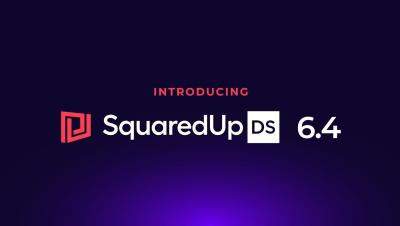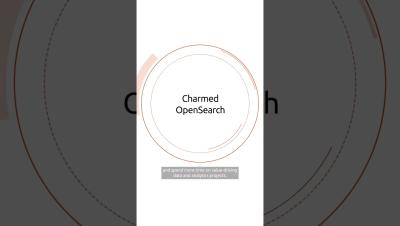Improve IT incident management with BigPanda AIOps
The handoff between IT operations (ITOps) and incident management is often chaotic. NOC operators receive an overwhelming deluge of noisy low-priority alerts, which prevents them from detecting actionable, important alerts. This delay causes tickets to pile up, SLAs breached, and unnecessary assignments and escalations to L2 and L3 engineers. Concurrently, L1 analysts react to user-initiated tickets with little to zero context, forcing them to escalate the issues.











